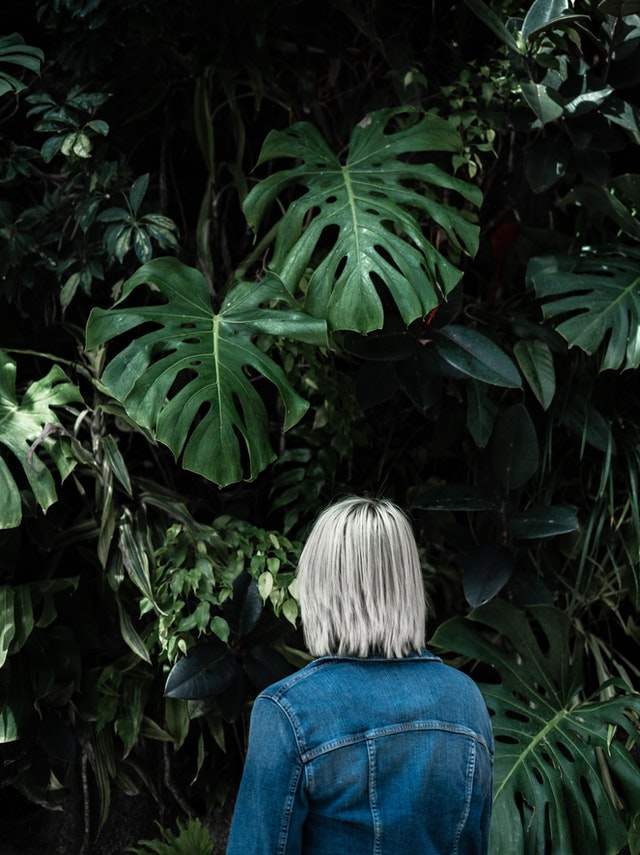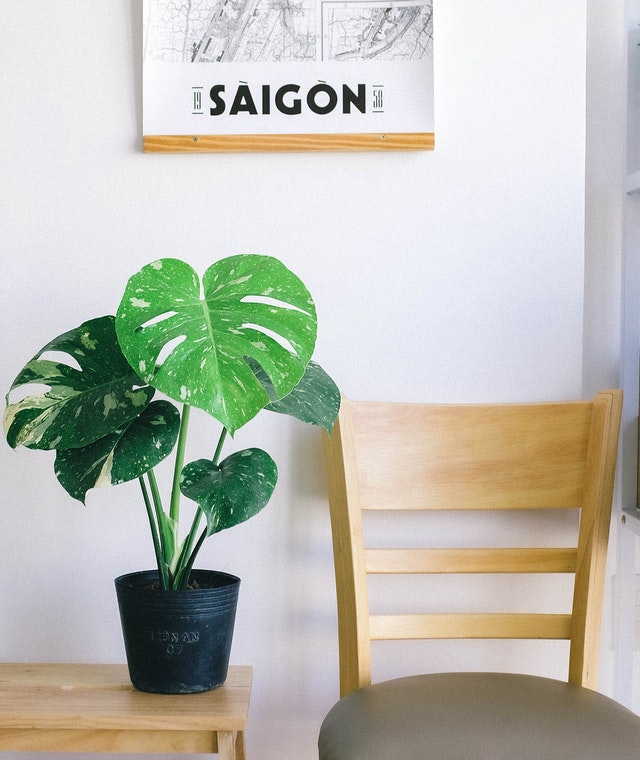Probably many of you are familiar with the Big Monstera Deliciosa. Monstera is a plant of the aroid family. There are several types of it: Oblique, Adasoni, etc. At home, a Monstera Deliciosa is most often grown.

It can reach four meters in height, the stem and aerial roots, which provide the plant with additional nutrition, become lignified over time.
Let's talk about how to grow it from the little baby seeds.
Seeds as the beginning of all plants
Monstera seeds like all other seeds love heat, and they need it to push out of their little hard seed shells, and making Monstera babies is not easy.
What to do to make the Monstera babies that appear comfortable?
And perhaps you need to start with a good bed and cover the seeds with vermiculite. So you can have the moisture to push out its little baby root.
And after two weeks of germinating on these rocks the ones especially the ones that are in the shade need to come out and get more light.
After these seedlings have been taken out of the germination chamber and it may sound a little scary, but it is a good place they are getting the light. And the soil still needs to be kept moist it's the same soil it's the same soil mixture because there are seeds in there that happened germinated. So it gives those guys a chance to grow up and be big boys one day.
Seeding
So once these are a little bit fuller maybe a few inches taller another couple of weeks they would be put into 6-inch pots and have about four to 6 little.
Little seedlings little adolescent preteens put together to create one big Monstera Deliciosa. After the transplant occurs acclimating to their new pot size, it takes about four to 6 weeks for their roots to push out and then to get to a bigger size and the foliage should probably double or triple in size.
Within that time and then these pots will also get separated to give enough airflow and room for growth and development.
That after the fifth leaf on each individual seedling remember there's 5 in here there should be fenestrations forming in the leaves. While observing you will learn if that's the truth but either way as the leaves get bigger they take up a lot of space in their vines.
How to transplant a Monstera
You need to take into account the fact that the fast-growing Monstera depletes the soil in a year, so every spring - in March-April, you need to transplant. The plants over four to five years old are transplanted after 2-3 years, but the top layer of the earth is changed annually. Although, in general, the frequency of replanting depends on the size of the bush.
The fact is that with age, plants over 10-15 years old develop a huge number of aerial roots, the stem wriggles, and the number of leaves is small - they die off as a result of natural aging, so the bush looks like a monster: a ball of whip-roots, and 5 -7 leaves.
In this case, you need to cut off the entire aerial part, disassemble it into petioles - leave a piece of stem and root for each leaf, and immediately plant it in fresh soil in the same pot.
Is Monstera breeding difficult?
We have already talked about growing Monstera from seeds, but how to reproduce if you already have a big Monstera that, for example, is 5 years old?

Monsteras reproduce easily by air layers and cuttings. The cut should have a leaf and an aerial root. When the monstera grows very large, the top with one or more aerial roots is cut off and planted as an independent plant and the mother plant continues to grow further.
If you cut off a stalk with an aerial root, then you do not need to root it in water, you can plant it right away, but need to make sure that the soil in the pot does not dry out completely. If the stalk has a rootless than 0.5 cm, you can put it in water until it grows about 2-3 cm.
By the way, you need to know that Monstera does not reproduce with one leaf with a petiole, you need to cut off a leaf with a piece of the stem so that it has a growth bud. Dip the leaf in water and wait for the root to appear.
How to care for a Monstera
One of the big advantages that caring for a Monstera involves is its unpretentiousness in the absence of drafts and a sharp change in temperature.

Monstera is it shade-tolerant plant. And if not a lot of light enters your room, then this is not a big problem for her.
Since Monstera is a large plant, it needs a large pot with drainage at the bottom. It is recommended to add peat, sand, and humus to the composition of the earth in equal parts, a special soil from a store is well suited.
The older the plant, the heavier it is, and so that your Monstera does not throw the pot or fall out of it, the container needs to be heavier or support this green monster.
As a support for the Monstera, a metal mesh rolled into a tube is well suited, in the middle of which peat will be placed. Which helps keeping it moist will prevent the air roots from drying out, which is very important if you have dry indoor air. If you cannot provide such support, you can use bamboo, which is sold in most flower shops.
Humidity and watering
If we are talking about humidity then it should be noted that caring for a Monstera requires frequent wiping of the leaves with water. Or spray the plant with a spray bottle, both options do not require high costs. You can also use a special polish, which will give the leaves a shine and get rid of stains after dried water.
Water for irrigation should be separated or filtered and at room temperature. Of course, if possible, it is better to water it with rainwater, so the watering will be more consistent with the natural environment of this plant.
Pests
The reason why the liana begins to hurt or is affected by pests is keeping in unfavorable conditions. Mistakes in care weaken the Monstera and she does not receive important substances or, on the contrary, takes them in excess.
Scale insects, thrips, spider mites, and mealybugs are the most common pests. They multiply quickly and if you do not take action in time, then it will be more difficult to deal with them.
If you notice that the plant looks worse, the elasticity and color of the leaves are lost, spots appear and sticky sap are signals that there may be pests. And the first thing you need to do is isolate the infected plant and urgently start fighting them.
Maximum efficiency is achieved with simultaneous spraying and watering. but watering should not be frequent so that the drug does not dry out the root system, as it is slightly toxic.

Monstera is a beautiful plant that is ideal for living rooms and other spacious rooms and brings cleanliness, freshness, and positive vibes to the house.